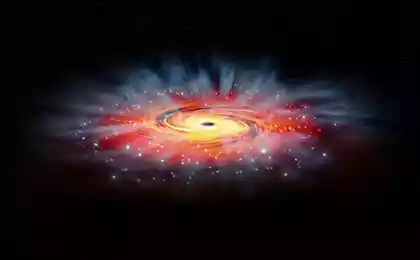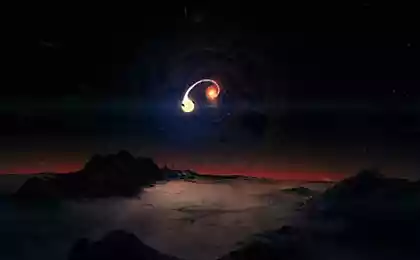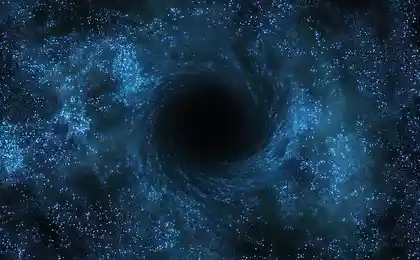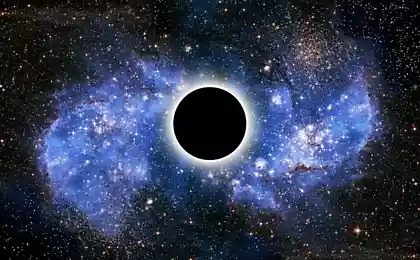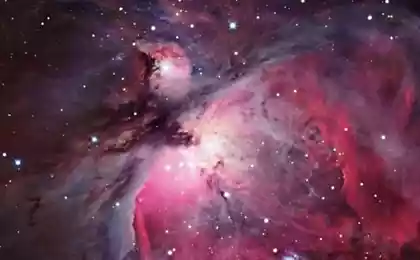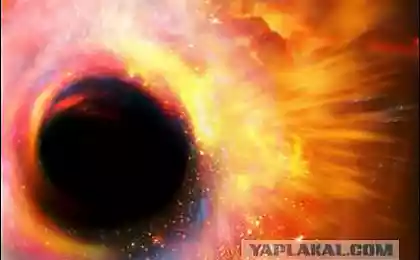628
Can black holes destroy the Universe

One of the surprises that revealed the Large hadron Collider is that the Higgs boson was a bit heavier than expected, and this has certain implications for the structure of our vacuum. Vacuum fills the Higgs field, it gives the particles their mass, and filled with the Higgs vacuum is supposed to be a stable minimum of the Higgs potential. If the Higgs is much heavier, as shown by current data, the potential will be different at least at the energies that are lower than the present vacuum. Hence, the vacuum that surrounds us, it's a "false vacuum" and it is metastable, not perfect. Our false vacuum will eventually decay to a lower energy state the "true vacuum", and this process will be accompanied by a release of energy that would blow all related for today particle of matter.
In the list of events that deserve the title "end of the world", "vacuum decay" comes immediately after "the big crunch".
By measuring the Higgs mass and other parameters that define the potential, you can calculate how much time it would take our vacuum to decay. The false vacuum decays with a local tunneling into the true vacuum, then creates a bubble which quickly expands and fills the entire Universe. When the symmetry of the Higgs was broken for the first time, there was something similar that may have led to the dominance of matter over antimatter in the Universe.
In our current Universe, the time required to tunneling, depending on the height of the potential wall between the false and true vacuum, where we are now. Estimates show that from what we know about the time of the collapse, it must be several orders of magnitude greater age of our Universe. And even so, if the vacuum is eventually disintegrate, it will happen after the stars run out of fuel and life in the Universe would be impossible. The reasons for the unrest in principle, no.
Or is there?

In one of his last works under the name "Vacuum metastability of black holes", a group of scientists from Britain and Canada said that the rate of decay of the vacuum does not take into account that the gravitational field can serve as seed-germ of the vacuum decay and thus significantly increase the instability of the existing vacuum. In their work, Burda, Gregory and moss calculated the probability that a false vacuum tunnels to the true vacuum, and came to the conclusion that it is much higher in the presence of black holes than in their absence. Using a number of sets of parameters of the Higgs potential that are comparable with existing data, they estimated the time breakdown as roughly comparable to the decay time of a black hole through Hawking radiation.
Likely a tunneling process, which may occur near a black hole depends on the mass of the black hole. Large black holes have low curvature on the horizon, because the probability of tunneling is small, and the temperature of the Hawking low. As the black hole loses mass in the evaporation process, the temperature rises and with it the probability of tunneling. When a large mass the most probable condition in which tunnels the false vacuum becomes the true vacuum with a black hole, which has little mass inside. If the mass is small enough, most likely in the tunneling process just there is a bubble of the true vacuum. In any event a true evacuation will begin to grow rapidly.
This suggests that where the rate of decay of the vacuum is greater than the rate of Hawking radiation, the vacuum may become unstable near the edge of a black hole and expand inside very quickly when a black hole is close to complete evaporation.
How long will it take the black hole to evaporate and become small enough to start the vacuum decay? It depends on the initial mass of the black hole. The larger the black hole, the more time is needed. All black holes that we have observed black holes with the mass of the sun and the supermassive black holes are so heavy that currently do not evaporate — their temperature below the temperature of the cosmic microwave background. They do not lose weight, and grow.
However, it has been speculated that small black holes could be formed in a very young Universe of the large fluctuations in density. These black holes are called "primary" black holes, and they can have any mass today. If they exist, some have already vanished or evaporated now. The signatures of these black holes trying to find, but have not yet found, although it is believed that korotkoperiodnye gamma-ray bursts can come from such events.
If the calculation of the new document is correct, we can conclude that our Universe was not just black holes that have evaporated completely, as in this case, we would have all been gone. Because the distribution of primary black hole mass is unknown, but some of them can be close in the final stages of evaporation, heralding the end of the world as we know it.
Sounds awful, and it's true. But there are other arguments.
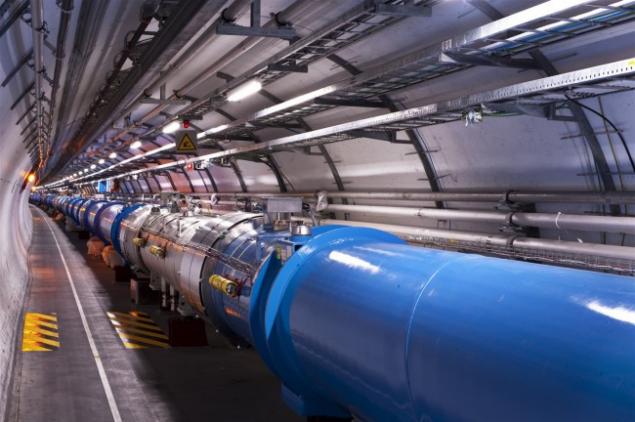
First, the primary black holes, strictly speaking, is not particularly highly valued among cosmologists. The reason is that it is difficult to find a model in which they could produce without making a lot. To constitute them, the universe must have been born with the fluctuation density by 68% denser than average, while primary fluctuations that we have seen, 0.003% denser than average. More importantly, the parameters of the Higgs potential, which are included in the rate of decay of the vacuum, based on the assumption that the Standard model is a complete theory up to the scale, which becomes relevant in quantum gravity. But this is extremely doubtful. Moreover, many believe that it is not so.
Oh yeah, and how about the tiny black holes at the LHC, which had to eat our planet in 2008? There is absolutely no indication that the TANK is produced at least one such, and this idea seems very doubtful, although its deletion is not worth it. Can these black holes to start the vacuum decay?
Based on current calculations Burda and his colleagues to make such a conclusion impossible. Not only because these black holes will TANK more dimension, but the vacuum must be more dimensions, and thus the theory will differ. It seems incredible that microscopic black holes, if produced at the LHC, can be harmful, for obvious reasons: the TANK works in the energy regime in which astrophysical collisions happen all the time. They do not give rise to events that would be unprecedented in the history of the Universe. If the theory of Bourdieu to reveal, it will eliminate the possibility of creating black holes at the LHC, with its energies.
The work of scientists is the potential to develop into a very fruitful relationship between cosmology, astrophysics and experiments on the Collider, which we hold on Earth.published
Source: hi-news.ru




